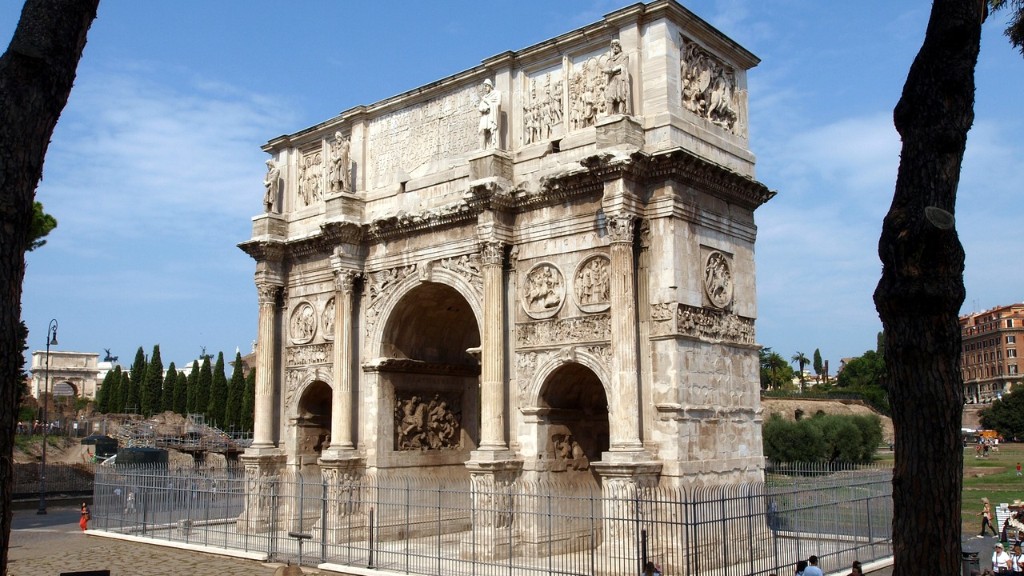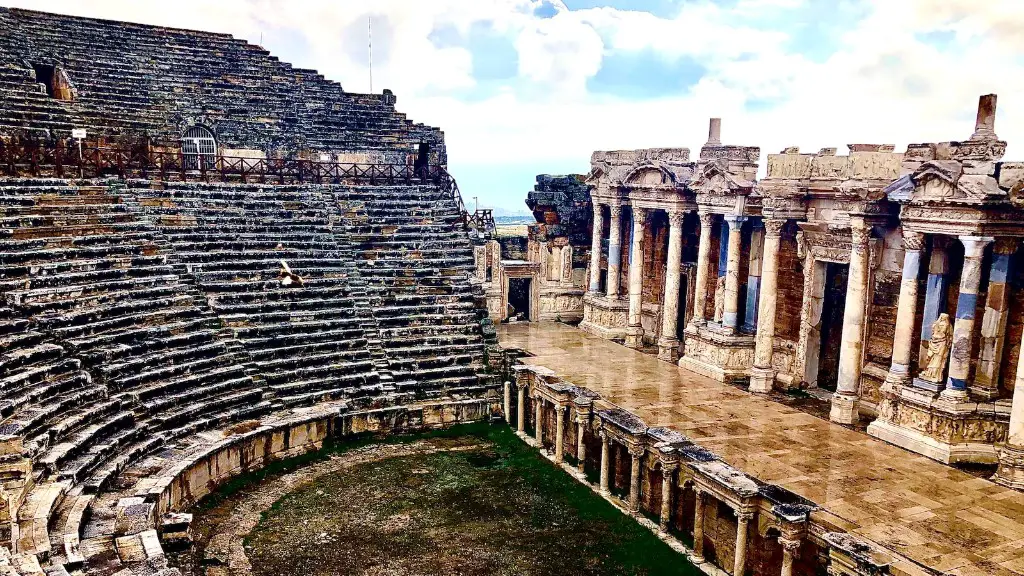The language of ancient Rome was Latin. Latin, the language used by the ancient Romans, was the exception in the Mediterranean world. In spite of the fact that Rome was always surrounded by other languages, Latin stood firm in the first Millennium BC. It was a language of power, religious and legal texts: it even provided the basis of modern medicine and science. Latin was so important throughout Europe that eventually, even after the fall of the Roman Empire, it continued to be used in many countries as a lingua franca, or a common language.
Latin was a language steeped in history – its name coming from ‘Latium’, an area of Italy which the Romans colonised. There is evidence that even before the invasion of the area by the Romans in the 8th Century BC, Latin had already developed from the language Yamnaya, which was an Indo-European dialect spoken in the region. Site upon site around Rome provides evidence of the Latin spoken by the first Romans – inscriptions upon monuments, temples and tombs indicating that for over a millennium the Romans stuck to their native tongue. It was only when the imperial forces of Rome diversified that the use of Latin began to wane.
The Roman state was reliant upon Latin as it rapidly grew to encompass much of Europe and into North Africa. Without Latin, it would have been impossible to unify such a vast territory. As part of the Pax Romana, roads were built, coinage was shared and Latin spread. Soldiers were sent far and wide, but Roman life still revolved around Latin, utilising the language to spread culture and provide the necessary administrative institutions.
In the areas conquered by the Romans, Latin was introduced as the official language. Latin was used to write laws and official documents, for religious purposes and for literature. Latin was taught in schools, and Latin literature was widely read. This new Latin literature, in combination with the language of the conquered nations, developed into the Romance Languages, which are the languages of modern French, Portuguese, Spanish and Italian.
Another language which was widely spoken in ancient Rome was Greek. Greek was often used in literature, in official documents and in public spaces. In fact, it is thought that Julius Caesar himself was able to read and write in Greek – a language that he would have picked up while he was in the East as part of his military campaigns. Greek was especially important in areas where the Romans and Greeks were in contact, such as Sicily, where the population was largely Greek-speaking. Even though Latin was the preferred language of the Romans, it was not uncommon for Greek to be used.
The use of Latin and Greek both changed drastically in the fourth century, when Christianity was declared the official religion of the Roman Empire. Latin became the foundational language of the church and it adapted to the new religion, providing the basis for ceremonials, theology and writings. As Latin was spread as a religious language, it replaced other languages in the region, including Greek and local languages. Latin was used in the Church for almost a thousand years, until it was eventually replaced by the various Romance languages.
Present Day
Latin is still used today, although it has taken a backseat to the Romance Languages. It is still used in the Catholic Church, although only a few scholars are able to read, write and speak it fluently. Aside from the Church, Latin is often studied in school, engaging those to discover the mysteries of the Roman Empire and it is used in Classical Literature. In present day, Latin still carries a sense of power that the Romans used to employ. It continues to be the source of many of the words we use, offering new ideas and unparalleled understanding of the Roman world.
Syntax
The syntax of Latin follows a very particular set of rules that define the language and distinguish it from other Latin-based languages. This syntax was developed by the first Romans and it continues to reflect the same structure and principles in Latin today. Latin was created to be concise, compact and easy to understand, reflecting the qualities that enabled the Roman Empire to spread so quickly. The words were chosen carefully to reflect the message, meaning that today’s Latin is incredibly efficient when it comes to conveying complex concepts.
Dialects
Latin is still spoken today, particularly by older generations of native speakers. The Latin spoken today is different to Classical Latin as it has been influenced by foreign languages, including Italian and Spanish. This means that there are many dialects of Latin that are spoken today, which are referred to as Neo-Latin dialects. These dialects are used casually by speakers, to communicate their thoughts and feelings, as well as for storytelling and for chores. It is a beautiful example of the way language can bring together different communities.
Transcription
The Latin of ancient Rome was transcribed into other languages, most notably English. This is due to the fact that Latin has had such a massive influence on the English language, as well as other European languages. Many of the words we use today come directly from Latin, or have been adapted from Latin words, even if the pronunciation or spelling has changed. This can make translating Latin quite tricky, as so much has changed over time. It is, however, still a fascinating endeavour to unravel the mysteries of the Latin language.
Latin in Movies
Latin has had a huge impact on movies. The Latin language has often been used in movies to emphasise a powerful scene, or to add to the mysterious atmosphere. It is also used to make heroes and villains seem more heroic or villainous. Quotes are often used in these contexts and they take on a life of their own, providing a perfect source of drama and intensity for any moment of a movie. Latin is deeply embedded within storytelling and has been used in a variety of ways in the industry.
Education
Latin is still used in education, especially in secondary and tertiary education. Latin can be found in literature classes, where it is used to explore the Latin language and its influence on other languages. It can also be used in history classes, to give insight into the Roman Empire and its many languages. Latin is also used for language courses, as it is a perfect way for students to understand the etymology of words, as well as the way language has evolved over time. Latin is a language that will never be forgotten, as it has had such a huge impact on the world we live in.


